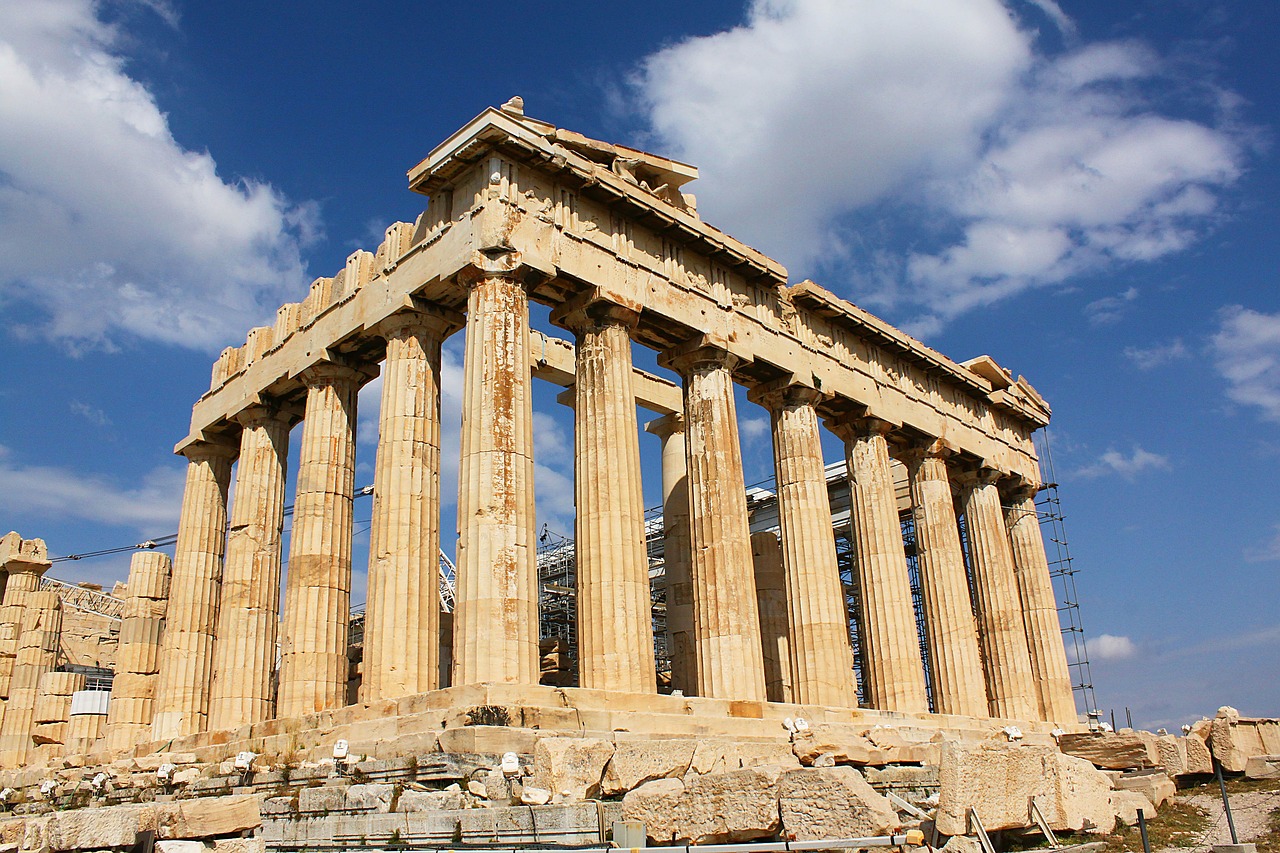
The Acropolis of Athens is more than just an ancient citadel; it’s a symbol of the rich history and cultural heritage of Greece. Dominating the skyline of Athens, this iconic site attracts millions of visitors annually, eager to explore its historic ruins and learn about its significance. This guide aims to provide a thorough exploration of the Acropolis, offering insights into its history, must-see landmarks, and practical tips for making the most of your visit.
The Acropolis, meaning "the edge of the city" in Greek, has been a place of settlement since Neolithic times. Its strategic location made it a natural fortress and a center of worship and power throughout ancient history.
During the 5th century BCE, under the leadership of Pericles, the Acropolis underwent significant reconstruction. This period, known as the Golden Age of Athens, saw the construction of its most famous buildings, including the Parthenon, the Erechtheion, and the Temple of Athena Nike.
In the Hellenistic and Roman periods, the Acropolis continued to be an important religious and cultural site. Various modifications and additions were made, reflecting the changing political and cultural landscape of the time.
Throughout the Byzantine and Ottoman periods, the Acropolis underwent further transformations, serving various functions from a church to a mosque. In the modern era, it has been a symbol of national pride and a key site for archaeological restoration and preservation.
The Acropolis is renowned for its architectural brilliance. The Parthenon, with its Doric columns and intricate sculptures, is a masterpiece of ancient Greek architecture. The Erechtheion, with its famous Caryatid Porch, and the Temple of Athena Nike are also remarkable examples of classical Greek design.
In ancient times, the Acropolis was the center of religious and cultural life in Athens. It was dedicated to Athena, the city's patron goddess, and hosted numerous festivals, rituals, and civic events.
The Acropolis stands as a testament to the ideals of democracy and the cultural achievements of ancient Greece. It has influenced Western art, architecture, and thought for centuries.
The Parthenon is the most famous structure on the Acropolis. Dedicated to Athena Parthenos, it housed a massive statue of the goddess and served as a treasury. Its architectural precision and sculptural decorations are awe-inspiring.
Known for its distinctive Caryatid Porch, the Erechtheion is an intricate temple dedicated to both Athena and Poseidon. Its unique design and historical significance make it a must-visit.
This small yet elegant temple celebrates Athena as the bringer of victory. Its friezes and statues are notable for their artistic quality and historical importance.
The grand entrance to the Acropolis, the Propylaea, is a monumental gateway that sets the stage for the splendor of the ancient citadel. Its impressive columns and structures are a marvel of ancient engineering.
Located on the southwest slope of the Acropolis, this ancient theater is still used for performances today. Its well-preserved structure offers a glimpse into the cultural life of ancient Athens.
To avoid the crowds and the midday heat, it’s best to visit the Acropolis early in the morning or late in the afternoon. The site opens at 8:00 AM, and visiting during these times ensures a more pleasant experience.
Tickets can be purchased at the entrance or online in advance. There are various ticket options, including combined tickets that provide access to other archaeological sites in Athens. Discounts are available for students, seniors, and children.
Wear comfortable shoes and bring water, as the terrain can be uneven and the site is extensive. A hat and sunscreen are also recommended, especially during the summer months. Be prepared for some uphill walking, as the Acropolis is situated on a hill.
For a deeper understanding of the Acropolis’s history and significance, it’s highly recommended to visit with a licensed professional guide. A knowledgeable guide can provide detailed insights and stories that bring the ancient ruins to life.
Why is the Acropolis important? The Acropolis is significant due to its historical, cultural, and architectural importance. It represents the zenith of ancient Greek art and thought and is a symbol of Western civilization.
What should I wear when visiting the Acropolis? Comfortable shoes, a hat, and sunscreen are recommended. The terrain is uneven, and there is a lot of walking involved.
Can I buy tickets online? Yes, tickets can be purchased online in advance, which is often more convenient and can save time.
Is there an entrance fee for children? Children under the age of 5 can enter the Acropolis for free. There are also discounts for older children and students.
What are the opening hours of the Acropolis? The Acropolis opens at 8:00 AM and closes around sunset, with exact times varying by season.
Is it worth hiring a guide for the Acropolis tour? Absolutely. A professional guide can provide valuable historical context and make your visit more informative and engaging.
The Acropolis is a timeless treasure, offering a glimpse into the rich history and cultural achievements of ancient Greece. Whether you're marveling at the Parthenon’s majestic columns or exploring the intricate details of the Erechtheion, each visit to the Acropolis is a journey through time. To truly appreciate the depth and significance of this ancient site, consider visiting with a licensed professional guide who can unlock the stories behind the stones. Prepare well, visit at the right time, and immerse yourself in the history and beauty of the Acropolis.
